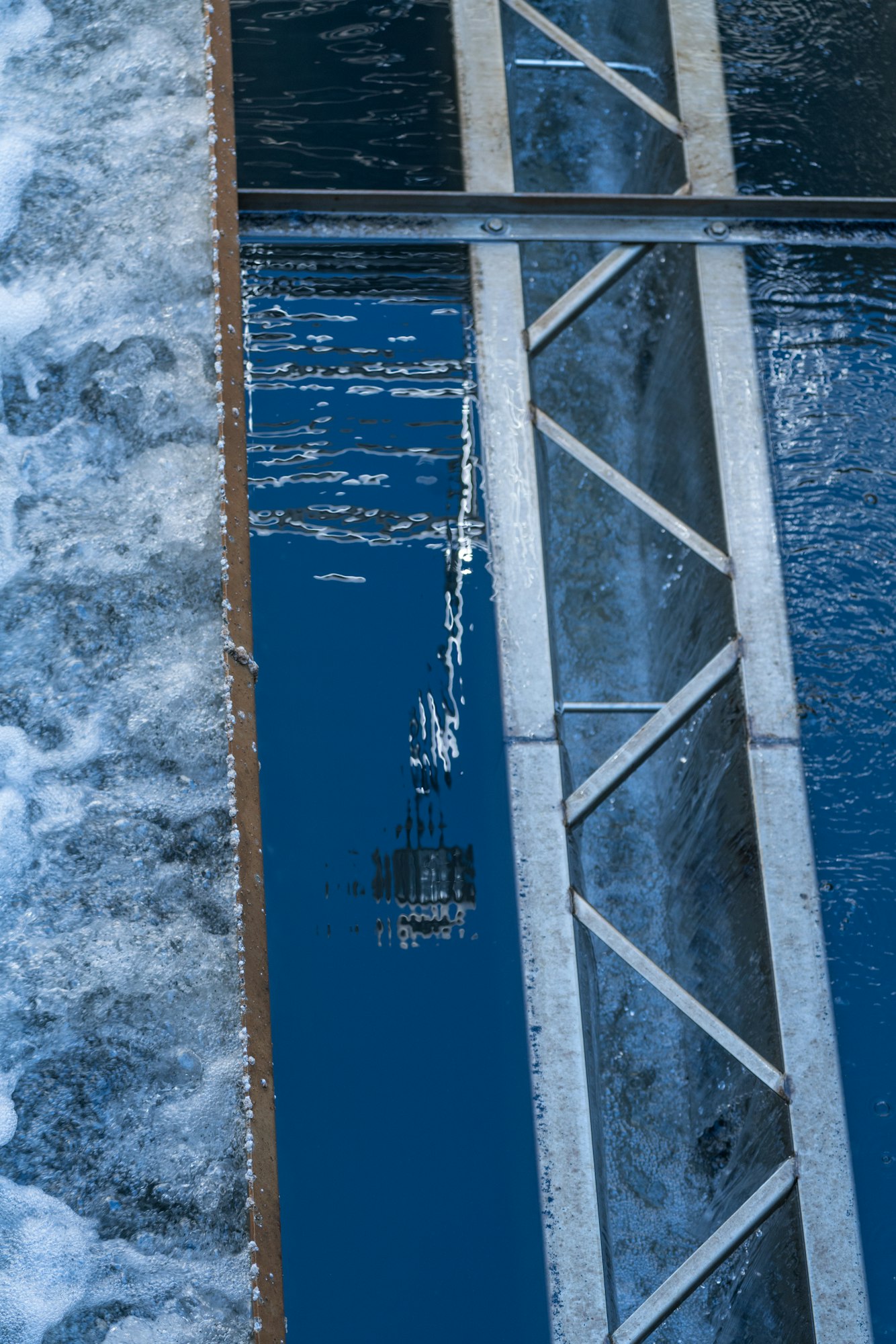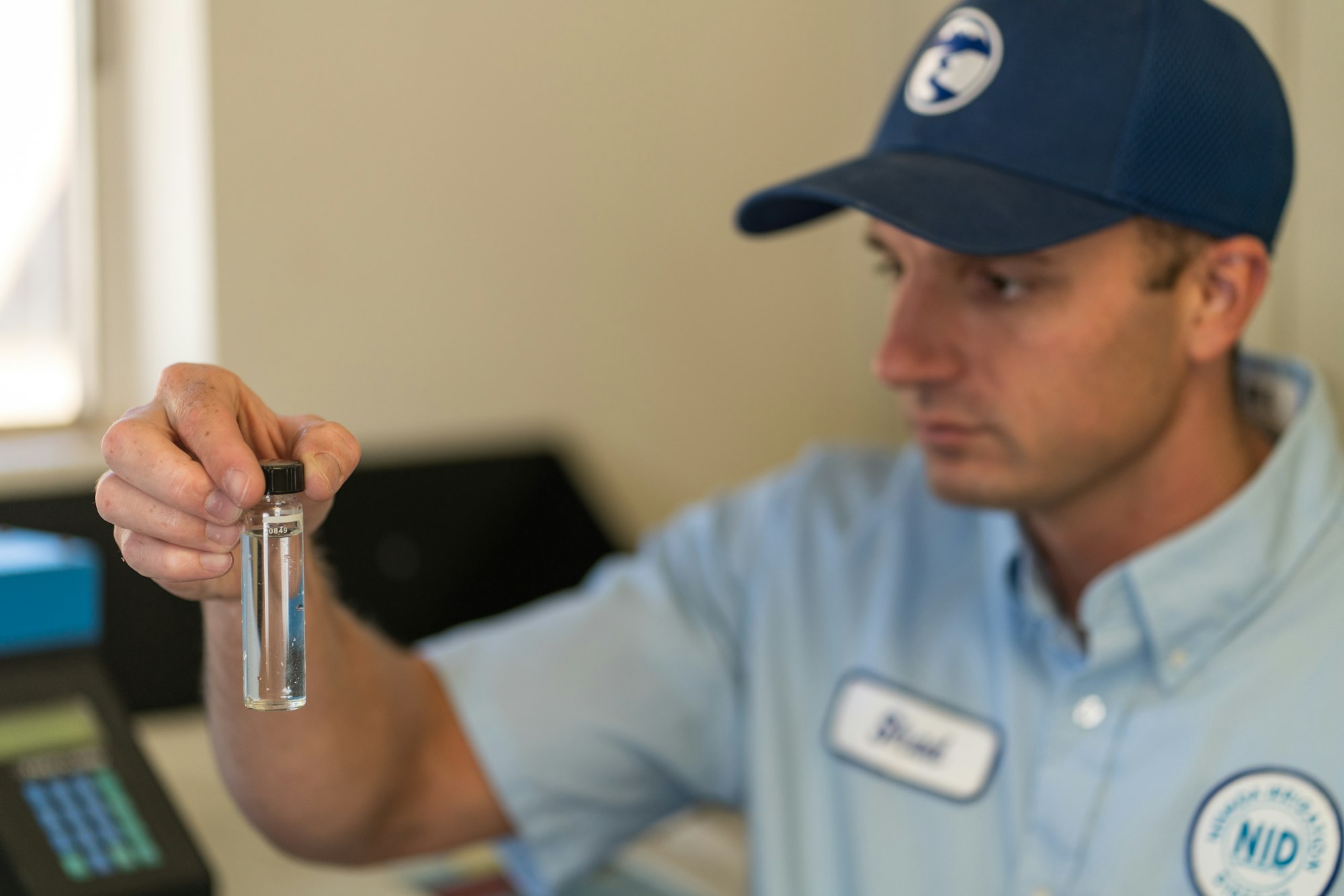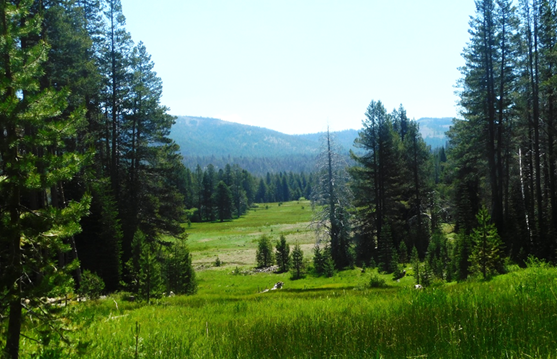Protecting the Source

Maintaining high-quality water
Most of us don’t think about the connection between what happens high up in the Sierra mountains and what happens when we turn on our kitchen faucet.
Keeping the water clean throughout the water delivery system means NID can deliver the highest quality treated water possible.
Also, a consistent supply of high-quality water is safer, easier, and much more cost-effective to treat.
Sierra Snowpack is the Source of Your Water

NID water originates in the Sierra Nevada snowpack found in 70,000 acres of high elevation watershed near the headwaters of the Yuba River, Bear River and Deer Creek. Most of this water is routed through Lake Spaulding and transported to NID’s water treatment plants via canal systems. NID treated and distributed more than three billion gallons of surface water last year.
The District relies on this sustainable source of water that can be treated to provide reliable, high-quality drinking water. Source water protection is the first of several barriers to ensure safe drinking water, followed by other components of a multi-barrier approach that includes effective water treatment, secure distribution systems, and monitoring and evaluation.
Throughout the year, NID monitors, inspects and tests its water systems.

Annual Water Quality Report
The District publishes an annual Consumer Confidence Report (CCR), aka NID Water Quality Report, which summarizes NID’s water quality monitoring and testing programs for each calendar year. The information focuses on water supplied through the Elizabeth L. George, Loma Rica, Lake Wildwood, Lake of The Pines, North Auburn water treatment plants.
This report includes specific information about the source of water including the type of water, commonly used name and location of the water source, availability and access to the source water assessment, and susceptibility to potential sources of contamination.
The bottom line is drinking water supplied to NID customers continues to meet and exceed state and federal public health standards, based on testing results that serve as the basis for the District's Water Quality Report.
Click here to read the 2022 Water Quality Report
English Meadow Restoration Project

Meadows play an integral part in the Sierra hydrologic system. Healthy meadows many vital benefits, including enhanced water quality, improved groundwater storage, reduced peak flood flows, and critical habitat.
NID’s montane meadow restoration project is in English Meadow, a 180-acre meadow in the headwaters of the Middle Yuba River, upstream of one of NID’s largest water storage reservoirs, Jackson Meadows.

The climate-conscious restoration will be achieved through the following actions: woody debris jam installation in the Middle Yuba River, filling previously excavated drainage ditches and incised tributaries, stabilizing tributary headcuts, treating conifer encroachment and forest thinning on the adjacent slopes.
Also, NID has been working with the Sierra Nevada Conservancy to improve the natural ability of English Meadow to store and release water in a more self-sustaining manner. Working with our partners, NID assessed existing conditions associated with peak and annual streamflow, water temperature, groundwater level, flora and fauna, forest condition, and archaeology.
The project will reduce forest density and to reconnect the Middle Yuba River to its floodplain in English Meadow will promote the accumulation of snow and rewetting of the floodplain, bringing water supply benefits and, as a healthy wet meadow, it will provide better habitat for many species of plants and animals.
Learn more about the English Meadow Restoration Project, click here.
